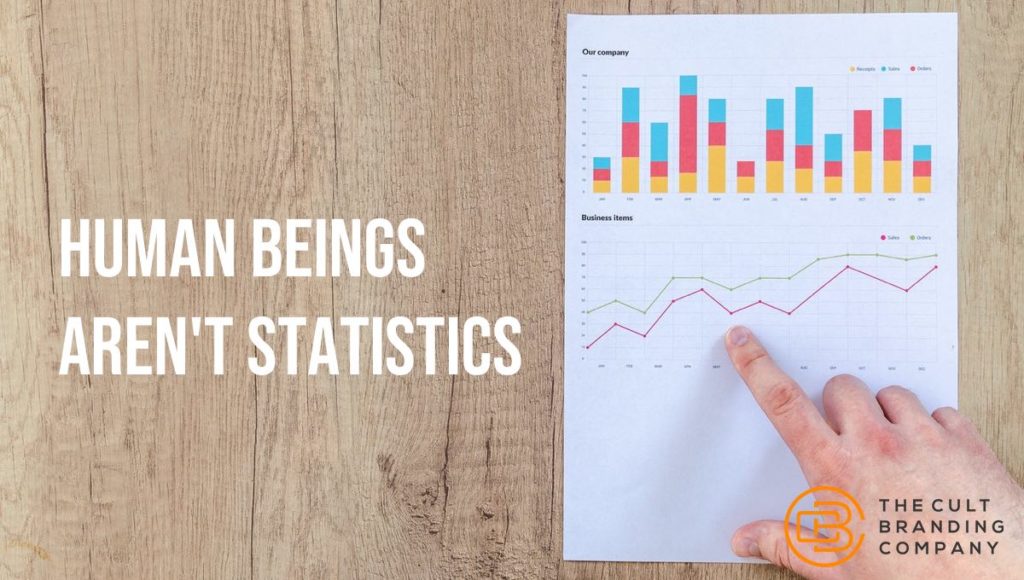
We now have access to limitless customer data.
But for business leaders who are committed to knowing their customer, the numbers alone will never be enough.
Why? Because human beings aren’t statistics.
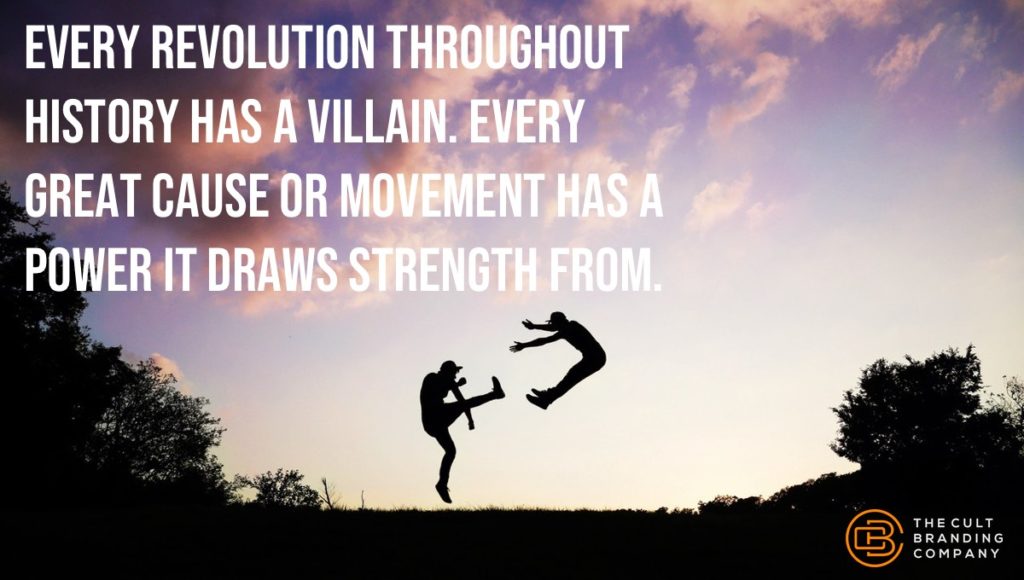
“The history of the present King of Great Britain,” Thomas Jefferson writes in the Declaration of Independence, “is a history of repeated injuries and usurpations, all having in direct object the establishment of an absolute Tyranny over these States. To prove this, let Facts be submitted to a candid world.”
Jefferson goes on to list 26 items as evidence of the king’s tyranny. This evidence, which takes up more than 50% of the Declaration itself, was vital to the document’s purpose: to rally the people of the thirteen colonies, to stand united as one people.
And like all great leaders of Cult Brands, the founding fathers of the United States knew that in order to stand together, you need an archenemy to stand against.
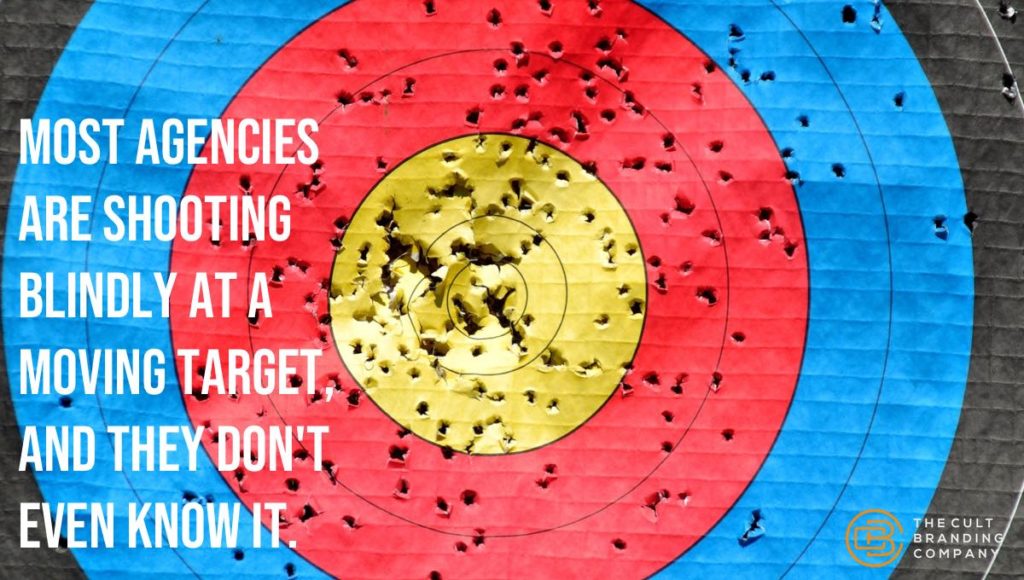
Your customer has many options.
They can meander into your store or stop by your competitors’.
On their devices, they can do the same or let Google offer dozens of other alternatives they might not even know exist.
How do they really make their decision on where and what to buy? More importantly, what can you do to influence their decision to choose you?
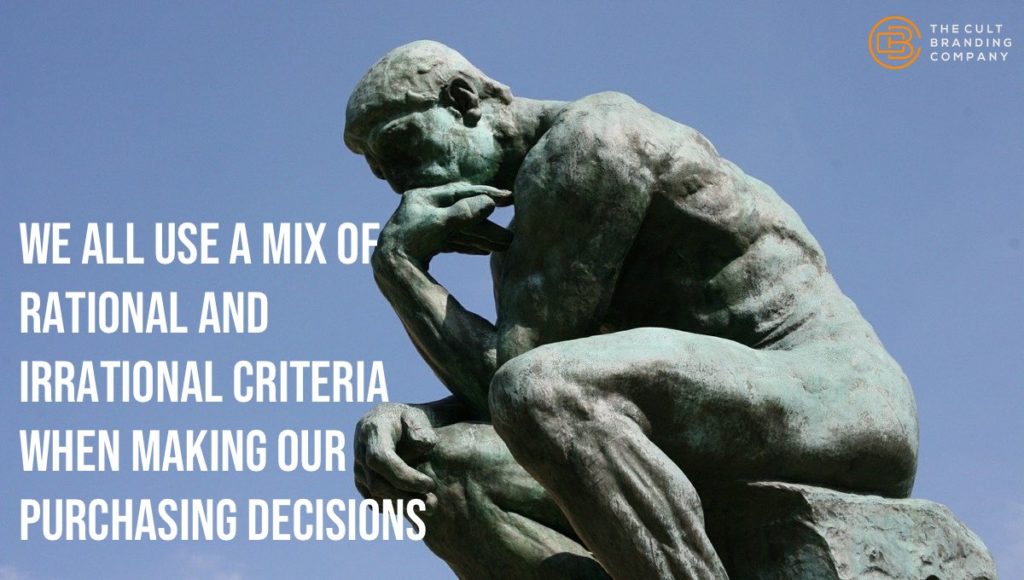
An integral part of building a successful retail brand is having a dedicated core of customers who love your store so much that they can’t keep themselves from recommending it to their family and friends.
What inspires this behavior?
Many brand managers are stymied by this question. They fall into an all-too-common mistake, acting as if their customers were an alien species of life, prone to completely incomprehensible behaviors that can’t possibly be understood, much less predicted.
Nothing could be further from the truth.
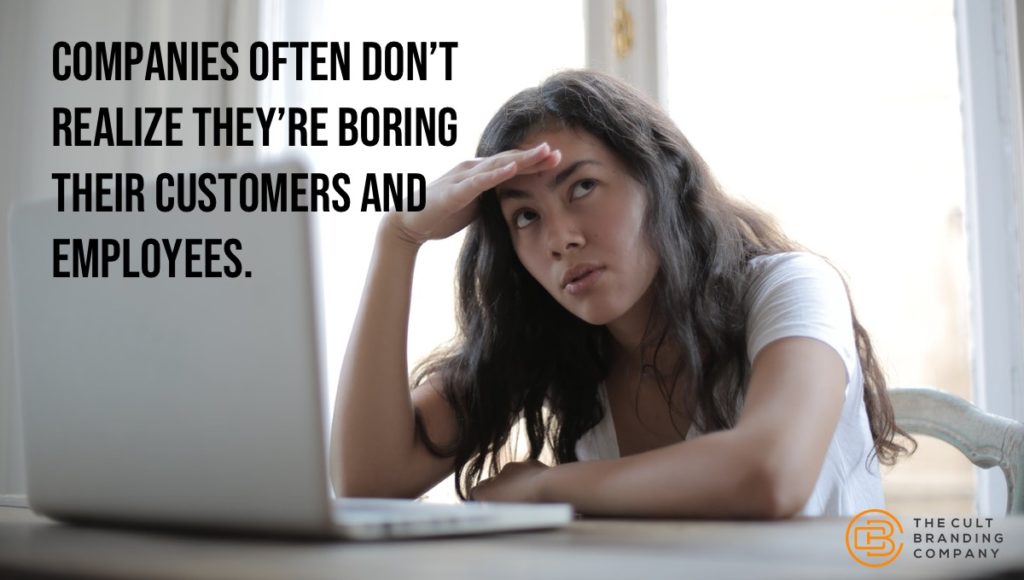
You’re probably doing many things right. But if you’re not careful, it’s easy to fall into habits that result in customers and employees becoming disinterested.
Interesting businesses aren’t just talked about more frequently in the media. Their businesses are alive. Energy flows throughout their organizations into the heart and minds of its customers.
This open exchange between business and customer continually breathes new life into the enterprise. It also helps to grow the business.
Here’s a list of ten things companies often unintentionally do that bore their customers and employees and what interesting companies do differently.
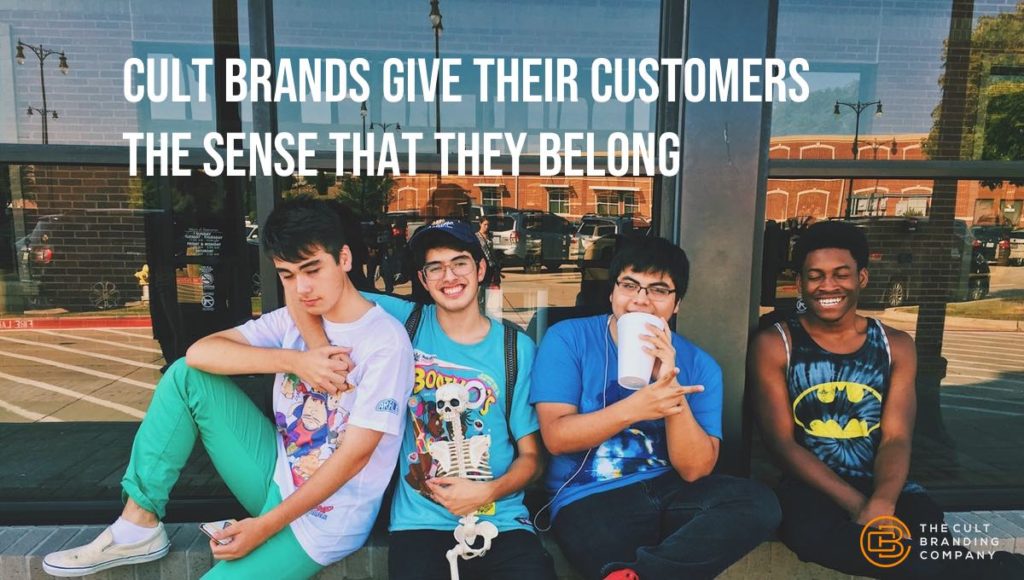
Human beings have a powerful, instinctive need to belong.
Abraham Maslow was the first to highlight this basic human need. After people meet their physiological and safety needs, they seek a sense of love and belonging. And, when the need for belonging goes unmet, humans become unhappy and behave in unhealthy ways.
The need to belong influences your enterprise both internally and externally.
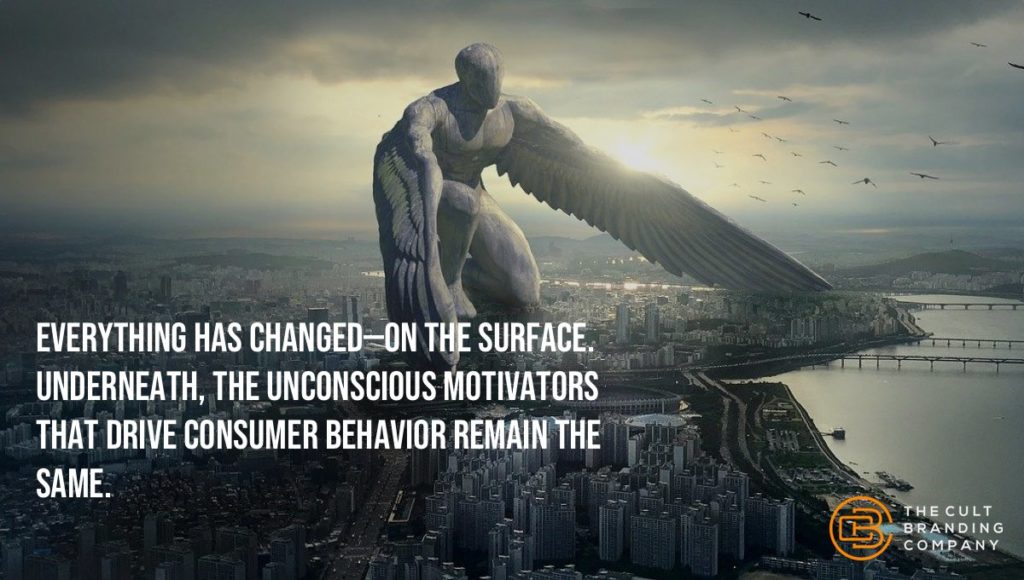
If we stand here now and look back into the mists of time to the very first days of human commerce we’ll discover that business owners have always wanted the answer to a single question: what makes consumers act the way they do?
One of the factors that drive consumer behavior, consciously or otherwise, is meeting individual needs. You’re familiar with Maslow’s hierarchy of needs, the model that tells us that we are all in possession of certain innate needs that must be met in order for us to enjoy optimal physical and psychological health.
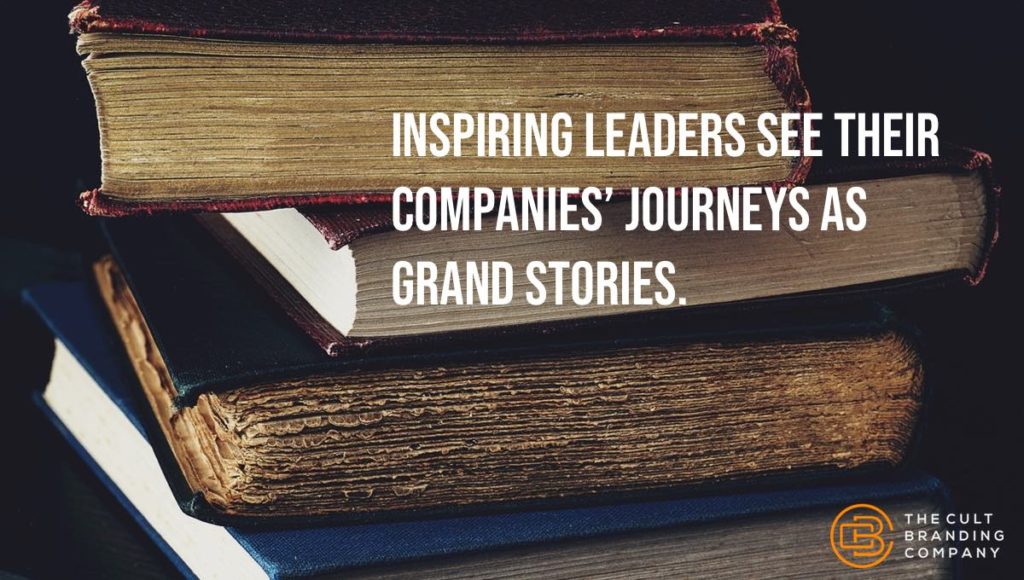
Why are we drawn into stories about adventures? What is our fascination with journeys traveled by characters like Harry Potter or Katniss Everdeen or Washington crossing the Delaware or the fabulously named Rough Riders?
Mythology expert Joseph Campbell tells us that these adventures are all part of the hero’s journey—a schema laid out in his ground-breaking book The Hero with a Thousand Faces. The heroic quest predates written language and its primary structure can help guide teams through massive changes. This story structure is all but hardwired into the human brain: We tell stories this way because stories that follow this pattern release transformative psychological power.